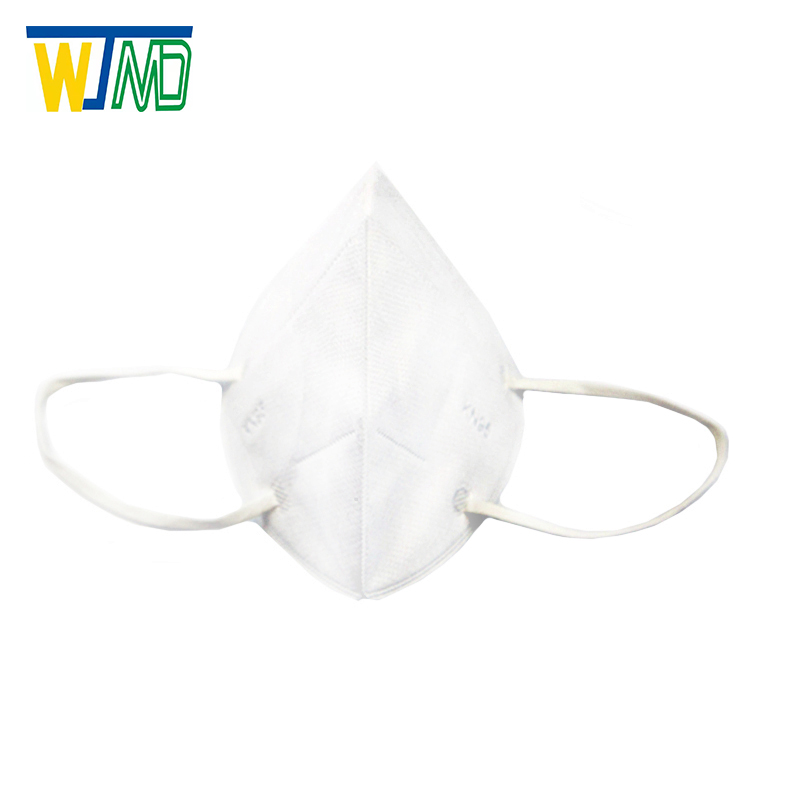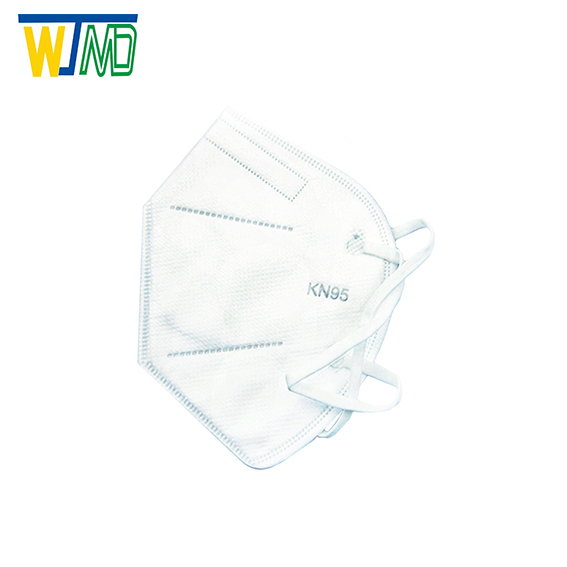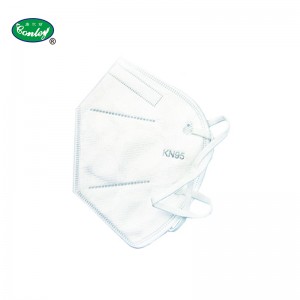KN95 Medical Mask
In terms of scope of application, this standard applies to ordinary self-priming filter respirators for protection against various particles, typically such as masks, but not for other special environments (such as anoxic environments and underwater operations)
In terms of the definition of particulate matter, this standard defines various forms of particulate matter, including dust, smoke, fog and microorganism, but does not define the size of particulate matter.
In terms of the level of filter elements, it can be divided into KN for filtering non-oily particles and KP for filtering oily and non-oily particles, and these are marked as N and R/P, similar to those stipulated in the interpretation guidelines of CFR 42-84-1995.
| Filter element type | Mask the category | ||
| Disposable mask | Replaceable half mask | Full cover. | |
| KN | KN95KN95
KN100 |
KN95KN95
KN100 |
KN95KN100 |
| KP | KP90KP95
KP100 |
KP90KP95
KP100 |
KP95KP100 |
In terms of filtration efficiency, this standard is similar to the n-series masks specified in the explanatory guidelines of CFR 42-84-1995:
| Types and grades of filter elements | Test with sodium chloride particulate matter | Test with oil particulate matter |
| KN90 | ≥90.0% | Do not apply |
| KN95 | ≥95.0% | |
| KN100 | ≥99.97% | |
| KP90 | 不适用 | ≥90.0% |
| KP95 | ≥95.0% | |
| KP100 | ≥99.97% |
In addition, GB 2626-2006 also has general requirements, appearance inspection, leakage, respiratory resistance, exhalation valve, dead cavity, visual field, head band, connection and connection parts, lens, air tightness, flammability, cleaning and disinfection, manufacturers should provide information, packaging and other technical requirements.
The N95 mask is one of nine types of respirators approved by NIOSH (The National Institute for Occupational Safety and Health) to protect against particulate matter. N95 is not a specific product name, as long as the product meets the N95 standard and passes the NIOSH review, it can be called the N95 mask, which can achieve a filtration efficiency of more than 95% for particles with an aerodynamic diameter of 0.075µm±0.020µm.









